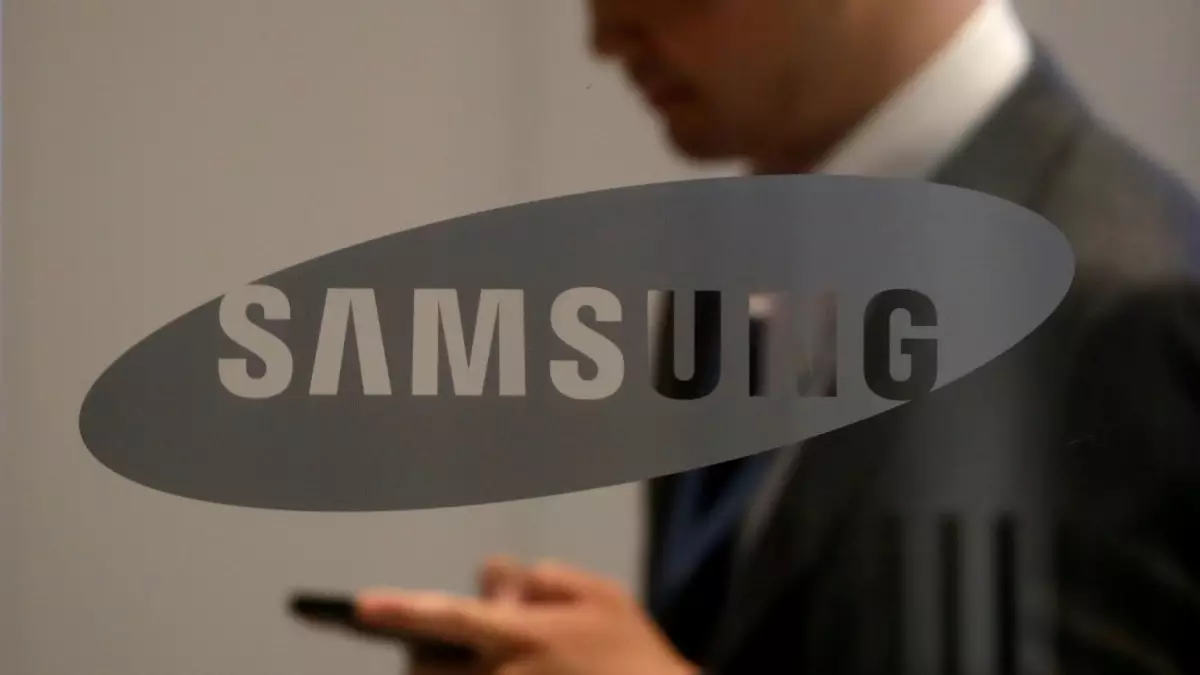India’s proposal to mandate equipping smartphones with hardware to receive live TV signals without the need for cellular networks has faced opposition from several major players in the industry, including Samsung and Qualcomm. These companies argue that the required hardware changes will significantly increase the cost of devices, potentially impacting existing manufacturing plans. Additionally, they claim that adding direct-to-mobile broadcasting can negatively affect battery performance and cellular reception. In this article, we will delve into the criticisms raised by companies and explore the implications of India’s choice of technology.
In a joint letter addressed to India’s communication ministry, Samsung, Qualcomm, and telecom gear makers Ericsson and Nokia expressed their objections to the adoption of ATSC 3.0 technology, which is popular in North America. They argue that their existing smartphones in India are not equipped to work with this technology, and the additional components required to enable compatibility would increase the cost of each device by $30 (around Rs. 2,500). Furthermore, they claim that integrating the necessary hardware changes could have detrimental effects on battery performance and cellular reception.
The opposition from companies like Samsung and Qualcomm raises concerns about the potential impact on existing manufacturing plans in India. The additional costs associated with implementing ATSC 3.0 compatibility may deter manufacturers from investing in the Indian market or force them to rethink their production strategies. This could have significant implications for India’s smartphone sector and its goals of promoting domestic manufacturing.
One of the main obstacles hindering the adoption of digital broadcast of TV channels on smartphones is the lack of devices that support the technology. Executives in the industry point out that limited adoption has been observed in countries like South Korea and the United States due to this compatibility issue. If India mandates the use of ATSC 3.0, it may face the challenge of limited device availability, further hampering the adoption and effectiveness of live TV broadcasts on smartphones.
The resistance from companies like Samsung and Qualcomm follows a pattern of pushback against policy proposals in India’s smartphone sector. In recent months, there have been objections to initiatives such as making phones compatible with a home-grown navigation system and mandating security testing for handsets. These objections highlight the concerns of industry players regarding the potential disruption caused by policy changes and the impact on their operations in the country.
For the Indian government, the inclusion of live TV broadcast features on smartphones is a strategic move to alleviate congestion on telecom networks resulting from increased video consumption. By allowing users to access live TV without relying on cellular networks, the government hopes to offload network traffic and improve overall connectivity. However, the objections raised by industry players suggest that the intended benefits may be overshadowed by the costs and technical challenges associated with implementing the proposed technology.
The India Cellular and Electronics Association (ICEA), a lobbying group representing smartphone makers such as Apple and Xiaomi, also expressed opposition to India’s choice of technology in a private letter. The ICEA stated that no major handset maker globally currently supports ATSC 3.0 and warned that the inclusion of unproven and non-globally accepted technology could hinder the pace of domestic manufacturing. This viewpoint highlights the concern that India’s adoption of a technology not widely supported by the industry could put the country at a disadvantage in the global market.
India’s proposal to equip smartphones with hardware for live TV broadcasts faces significant opposition from key industry players such as Samsung, Qualcomm, and the India Cellular and Electronics Association. The cost implications, challenges in device compatibility, and concerns about the pace of domestic manufacturing have led to a pushback against the adoption of ATSC 3.0 technology. As the proposal remains under deliberation, it is crucial for stakeholders to carefully consider the potential consequences and explore alternative solutions that can address the government’s objectives while minimizing the impact on the industry.


Leave a Reply